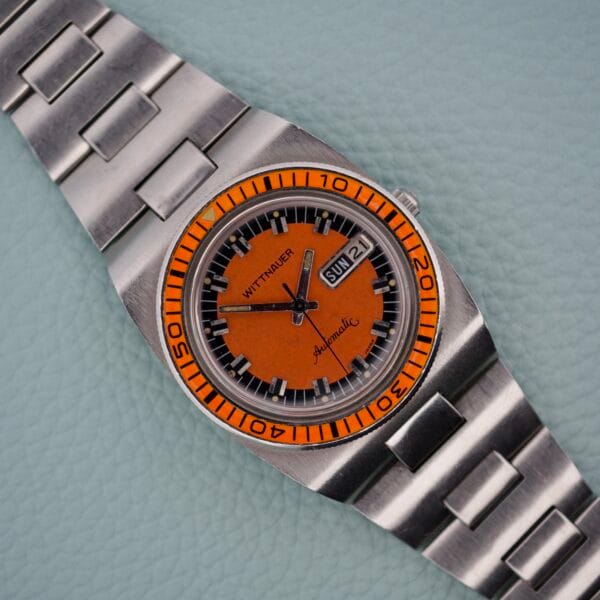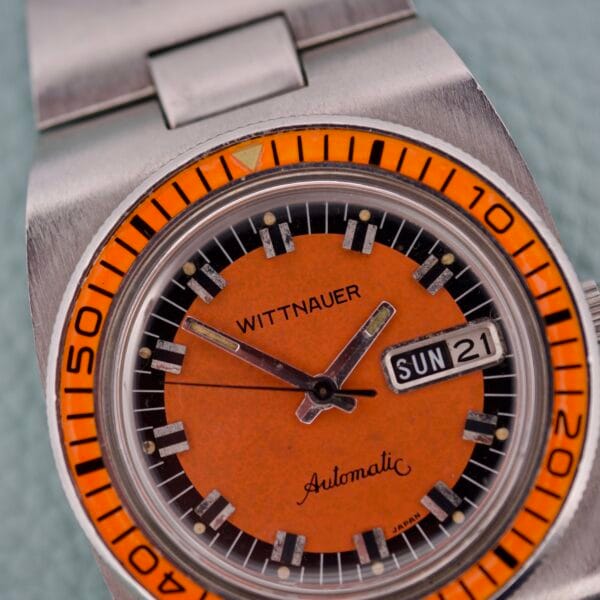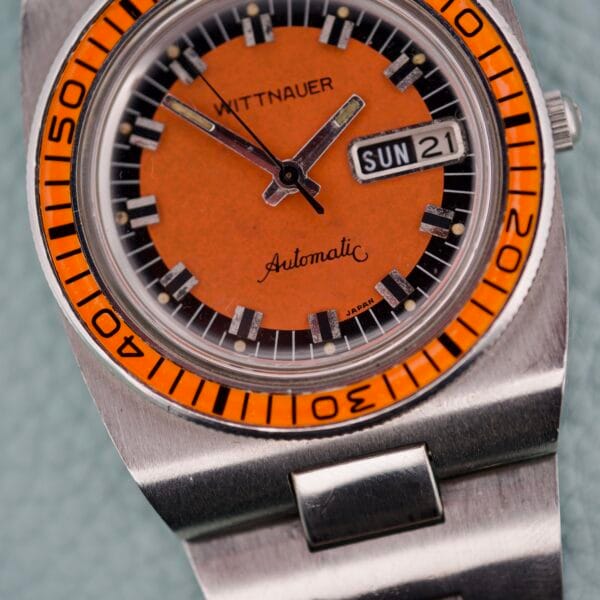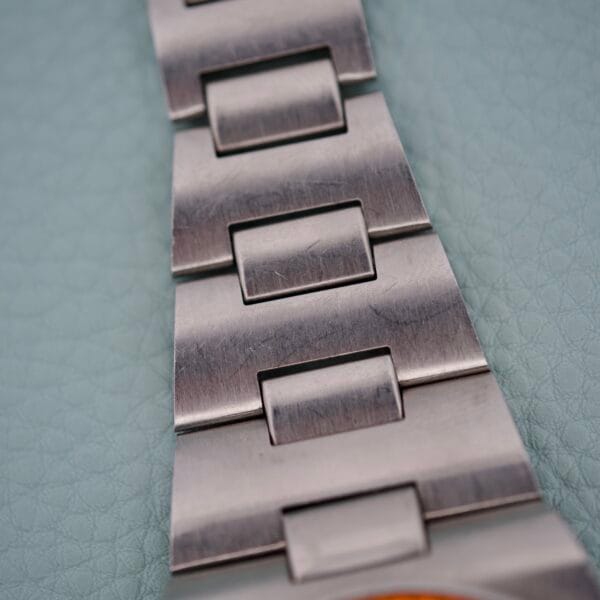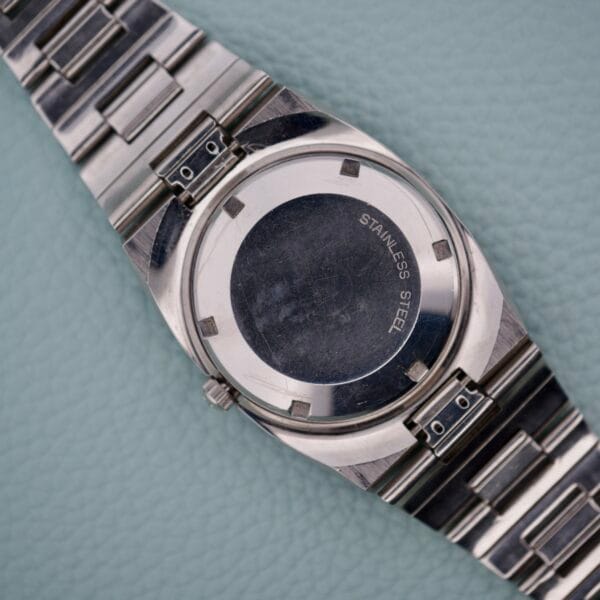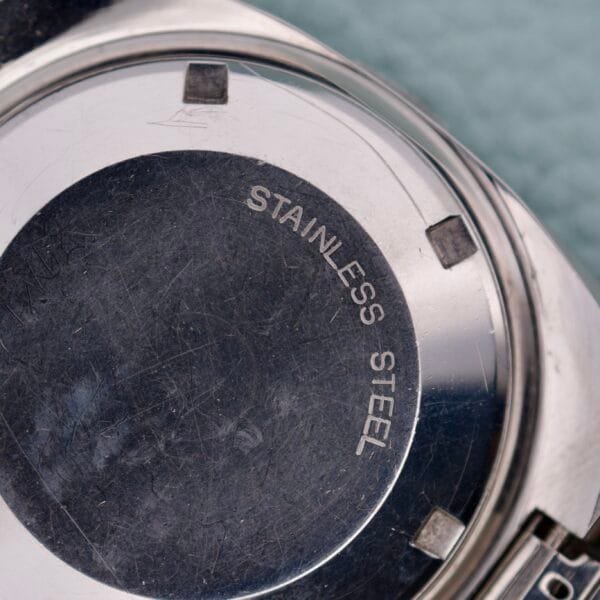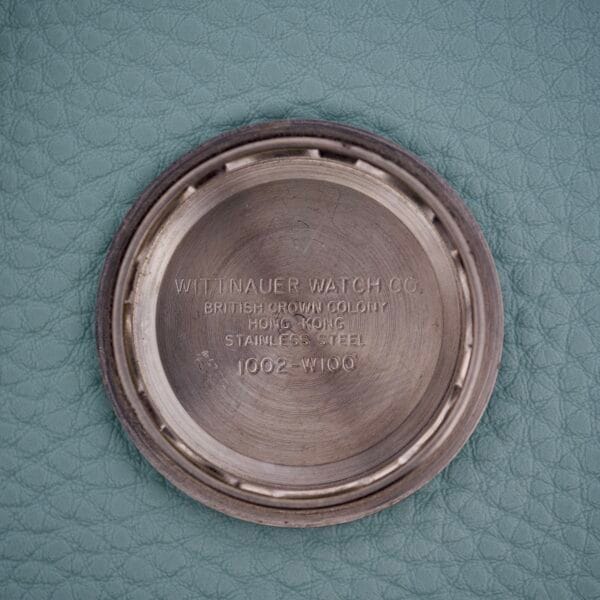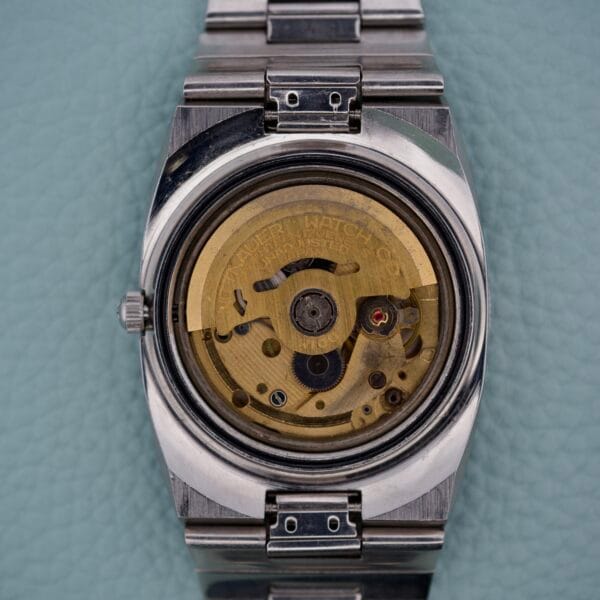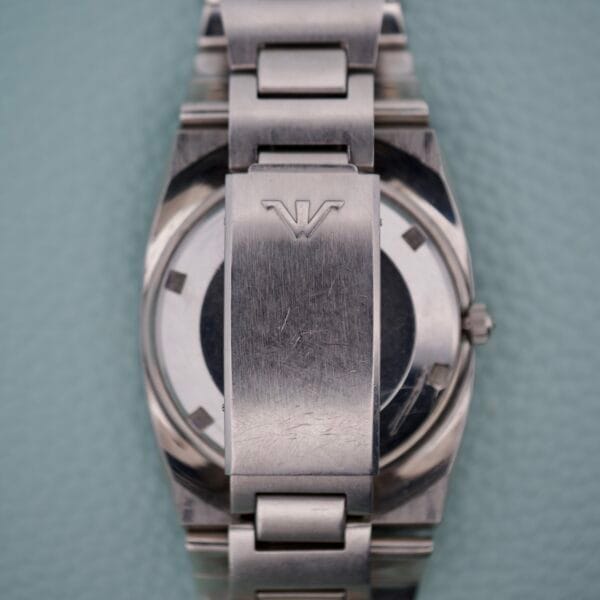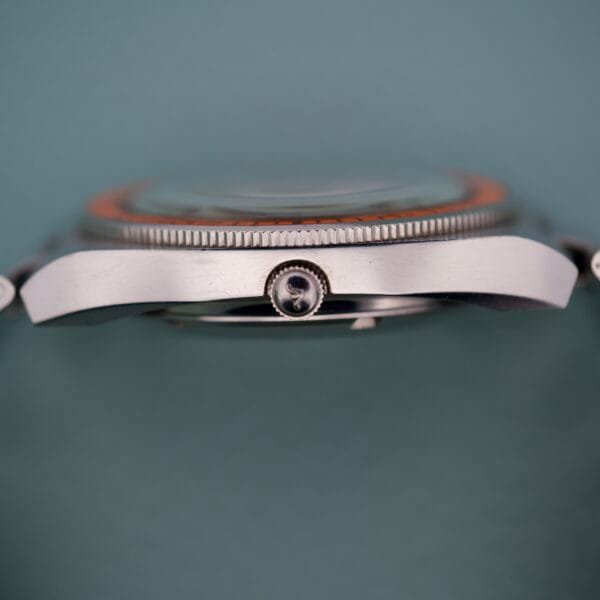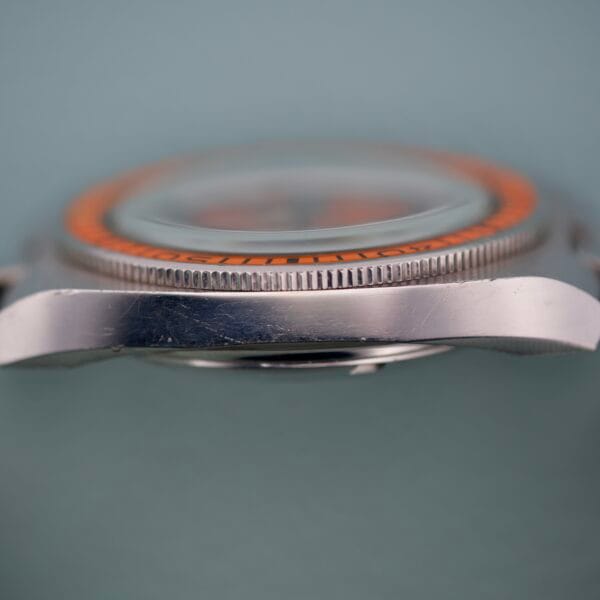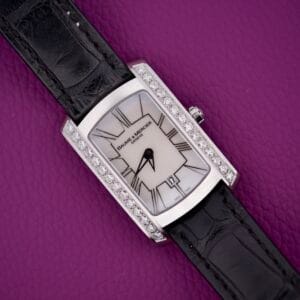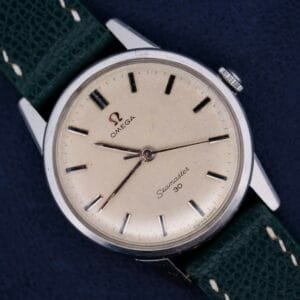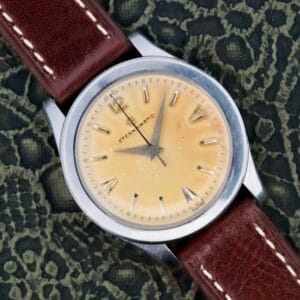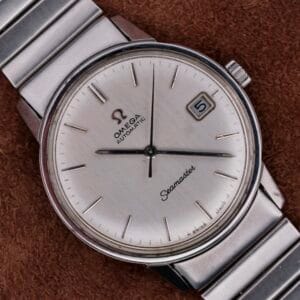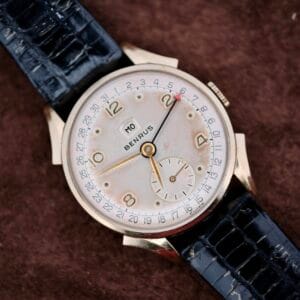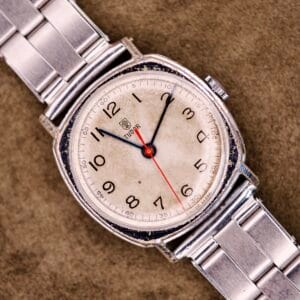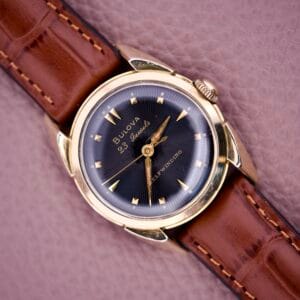The 1970s was an era of horological rebellion, a time of wild colors, bold shapes, and an unapologetic embrace of funk. This Wittnauer diver is, in our opinion, a perfect and spectacular ambassador of that period. It’s a watch that is bursting with personality, from its vibrant orange dial and bezel to its chunky, integrated bracelet design. In an era dominated by staid, black-dialed divers, pieces like this were a flash of brilliant color and confident style. This is not just a vintage tool watch; it’s a wearable piece of design history that captures the expressive spirit of the 70s in a way that is simply irresistible.
Wittnauer has a long and storied history, originally acting as the U.S. importer for brands like Longines before establishing itself as a maker of high-quality, durable timepieces in its own right. By the 1970s, the brand was producing some of the most distinctive and robust sports watches on the market. This was a time when the dive watch was evolving from a purely military or professional tool into a popular recreational accessory. To capture this new market, Wittnauer embraced the bold design language of the day. A key detail on this piece is its fantastic bezel insert, which appears to be crafted from Bakelite—an early plastic that allowed for rich, deep colors and had a beautiful, glossy depth that is distinct from later aluminum inserts.
This specific example, a Reference 1002-W100, is an absolute riot of 70s cool. The large, cushion-shaped stainless steel case flows seamlessly into a fantastic integrated bracelet, a design feature that defined the era. The dial is a stunning, textured matte orange that immediately grabs the eye, contrasted beautifully by a black chapter ring and large, applied block indices filled with luminous material. The day-date display is another highlight, featuring a “roulette” wheel with black Sundays, a playful and desirable touch. Powering the watch is a Wittnauer W100 automatic movement, a robust Japanese-made caliber. It’s wild to think, but during this period, many Swiss brands turned to reliable Japanese movements to compete, making this watch a fascinating historical artifact of a transitional time in the industry.

